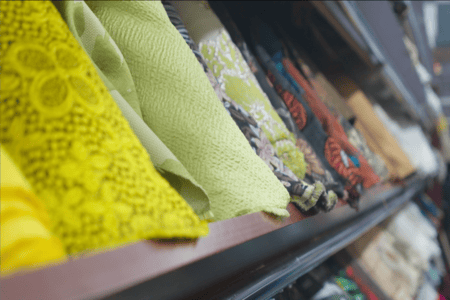Japanese acrylic fiber exports plunge as China imposes anti dumping duty
YarnsandFibers News Bureau 2016-06-24 17:00:00 – TokyoChinese authorities reached a preliminary decision in April that Japanese, South Korean and Turkish companies were dumping acrylic fibers on the country. With the anti dumping duties imposed by China, leading manufacturers to re-evaluate their production strategies and potentially even raise prices at home due to which Japanese acrylic fiber exports have started plunging.
Toray Industries, Mitsubishi Rayon and Japan Exlan face an extra 16-18 percentage points in tariffs, about two to three times more than the duties levied on their South Korean and Turkish competitors.
However, the final decision is expected in mid-July, but the companies are already scrambling to deal with the additional taxes that took effect in April. They submitted an opinion to the Chinese government soon after the April ruling through Japan's Ministry of Economy, Trade and Industry, and went through another investigation by China at the end of that month.
Producing acrylic fibers is a highly sophisticated process. Japan was the only Asian country that could supply the material until about a decade ago, an official at the Japan Chemical Fibers Association said. But China and other nations have since bolstered their production ability and now even make the high-quality varieties in which Japanese companies have an edge.
The Chinese authorities may have specifically targeted Japanese products, a fiber trader speculated.
About half, or 76,000 tons, of Japan's acrylic fiber exports went to China in 2015. But shipments to the Asian giant halved from March to April, when the new tariffs went into effect.
Japanese companies are working to develop even more value-added items to maintain their grip on the Chinese market. To make sure the Chinese continue to buy their products despite the tariffs, they will make products of a quality that simply doesn't exist there, a Mitsubishi Rayon official said.
Declining exports will pressure fiber makers to reduce output. Acrylic fibers also are used to produce carbon fibers, and some expect Mitsubishi Rayon and other makers to shift toward materials used in carbon fibers instead of clothing.
Production cuts also will impact Japan's market. Lower use of production facilities would boost fixed costs for manufacturers, raising concerns of a price hike as early as September. But others expect little change in acrylic fiber prices given sluggish demand for clothing.
Japanese products are priced around $3 per kilogram, about 30% more than those made in other countries. Yet some Chinese companies apparently still shoulder part of the extra taxes in order to get hold of the high-quality material.
The acrylic fiber market is just 1/30th the size of the polyester market, the material has limited applications in warmer climates. Finding a new market that compares with China will be a challenge.
Market Intelligence
Ask for free sample Report

experience
Customer Base
dedicated team
Countries Served Worldwide









